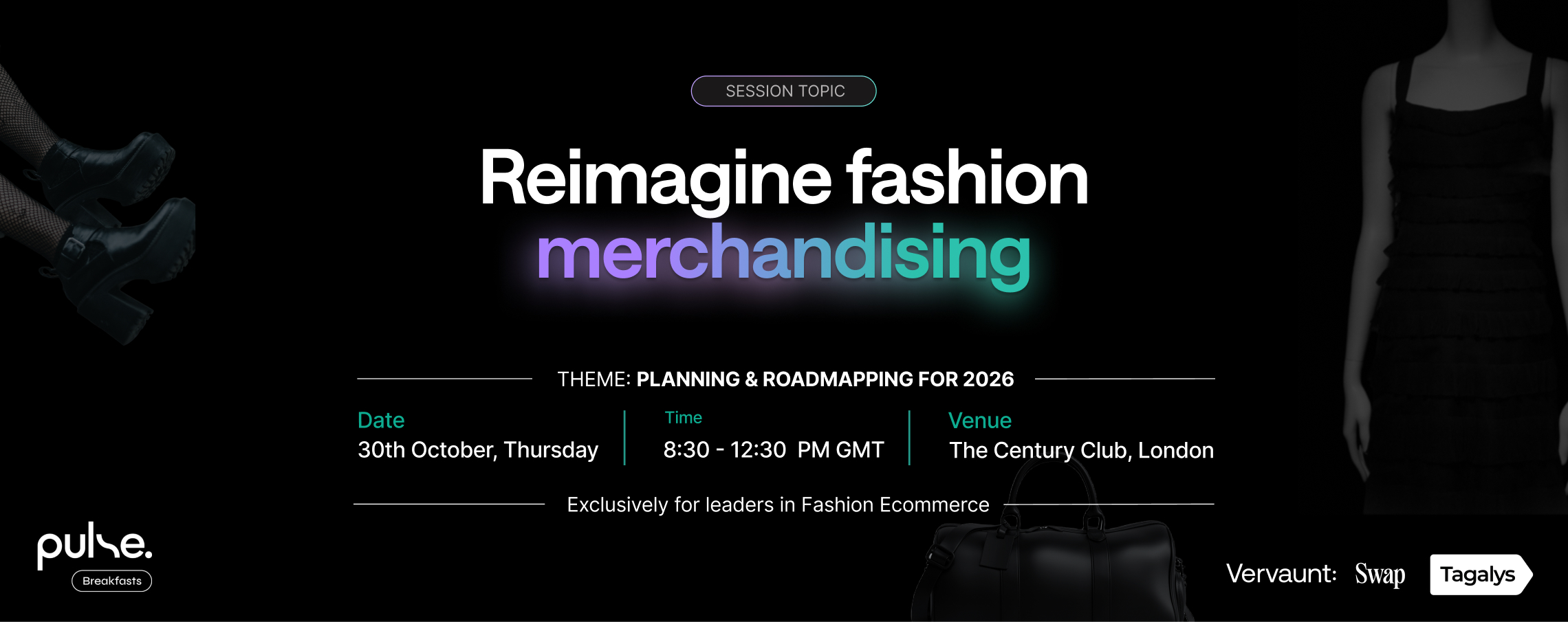We are seeing more traditional retailers to also start their digital stores. They like to give their customers an additional channel to engage with their brand. A recent study by Price Water Coopers, also confirms the same strategy that omnichannel retailers will soon overtake pure-play online retailers. But let's start by defining "Omni Channel"
- Hubspot says "You need to deliver a seamless experience across channels and factor in different devices in these channels to ensure interactions with your brand are consistent"
- Google from a marketing angle suggests your strategies should allow you to convert shoppers from any channel
- At Tagalys, we believe its the ability for retailers to provide the same shopping experience in a 2D or 3D environment, giving consumers to power to decide when & where they want to purchase.
Omni-channel retailers
How are retailers today, leveraging their online & offline presence in unison? At Tagalys, most of our customers use Magento Commerce for their online platforms and have a strong retail presence across the country. They understand that competing on price is a poor strategy as retailers like Amazon have bargaining powers to lower price. Omnichannel retailers compete by giving their customers convenience and trust. The biggest advantage an omnichannel retailer has is the physical presence of stores. Physical stores invoke trust in consumers and hence conversion is easier at a physical location that the online world. But the online world is where you can instantly reach out to your customers. Geo-target them using social media or search engine marketing and drive them to your online store to give them a flavor of what you carry in your physical store that is a drive away if they are interested.
We are seeing more of our clients using Intelligent eCommerce Product Listing pages and adding store locations via Google Maps, to help consumers easily walk into the store, if they need more convincing than what they see online.
How do they execute this activity?
- Create a product listing page using Tagalys (The data for what products to display can also be extracted from Tagalys reports)
- Using Magento attributes of "Store availability" and "Product Type", they instantly create a page for e.g., "Diamond rings at our 5th Avenue Store"
- Using the HTML editor in the page variables, they hyperlink a Google Maps address of the store
- Determine the best time to start the marketing campaign during the day
- Use Digital Marketing to target an audience in and around 5th avenue
- Launch the campaign
- Start analyzing the LIVE engagement reports on Tagalys for the page performance.
- Hits or page views do not matter, but how many products did the audience engage/view, during this campaign
- This is the only metric that directly correlates to offline or online sales
- Unless you measure it, you will never improve
- Work with the physical store to also analyze the uptick in store walks after the campaign was launched
A key requirement for this strategy to work is to ensure the digital marketing budgets are not measured by only online sales. The key is to understand that online is a channel and omnichannel is the strategy, hence digital marketing is a part of the larger marketing budget that is used to drive total sales.
There is another buzzword for this activity - ROBO - Research Online Buy Offline
Tagalys maximizes conversion rate & gives merchants visual control of products displayed in E-commerce Site Search, Category Pages & Product Recommendations at their online store. To know more about our solutions and features, get in touch with us now.














.svg)
.svg)
.svg)
.svg)
.svg)
.svg)



.png)

.png)
